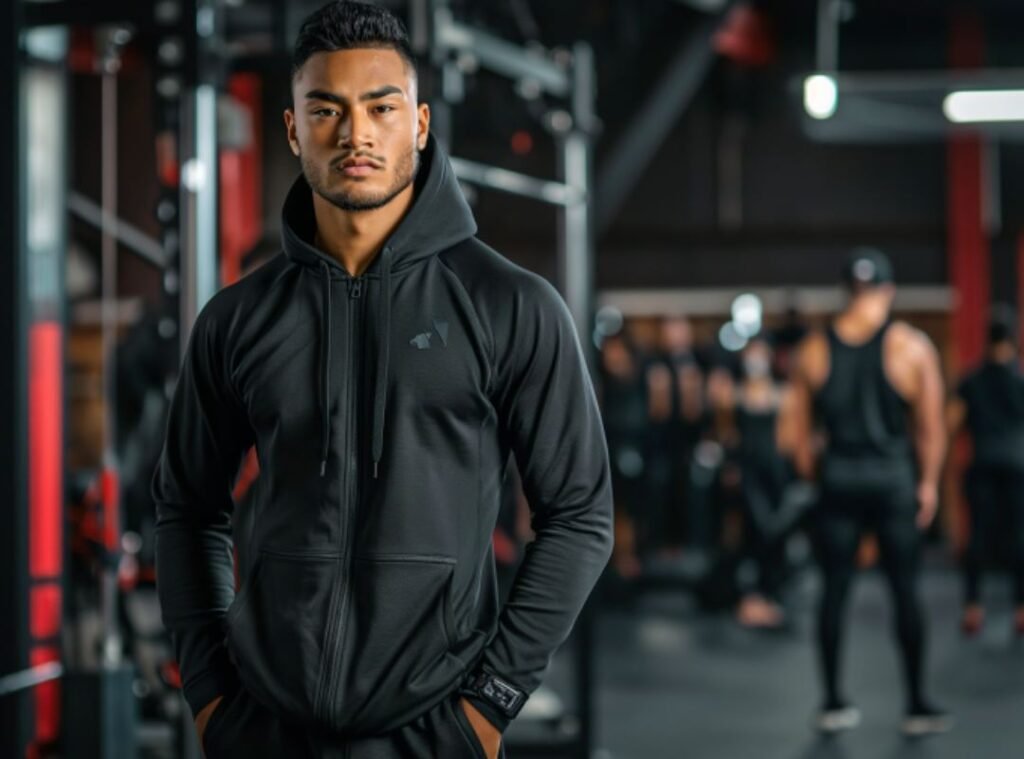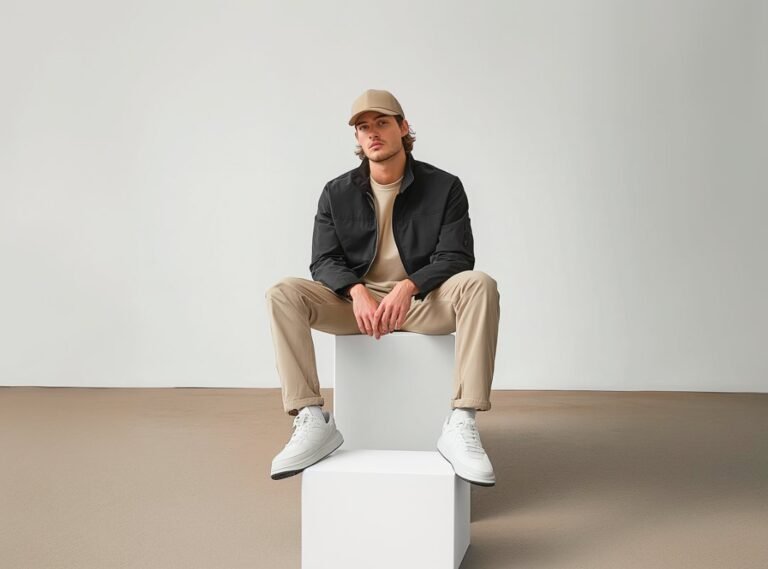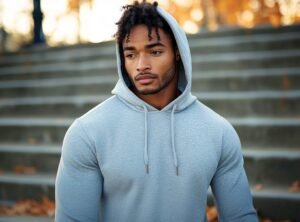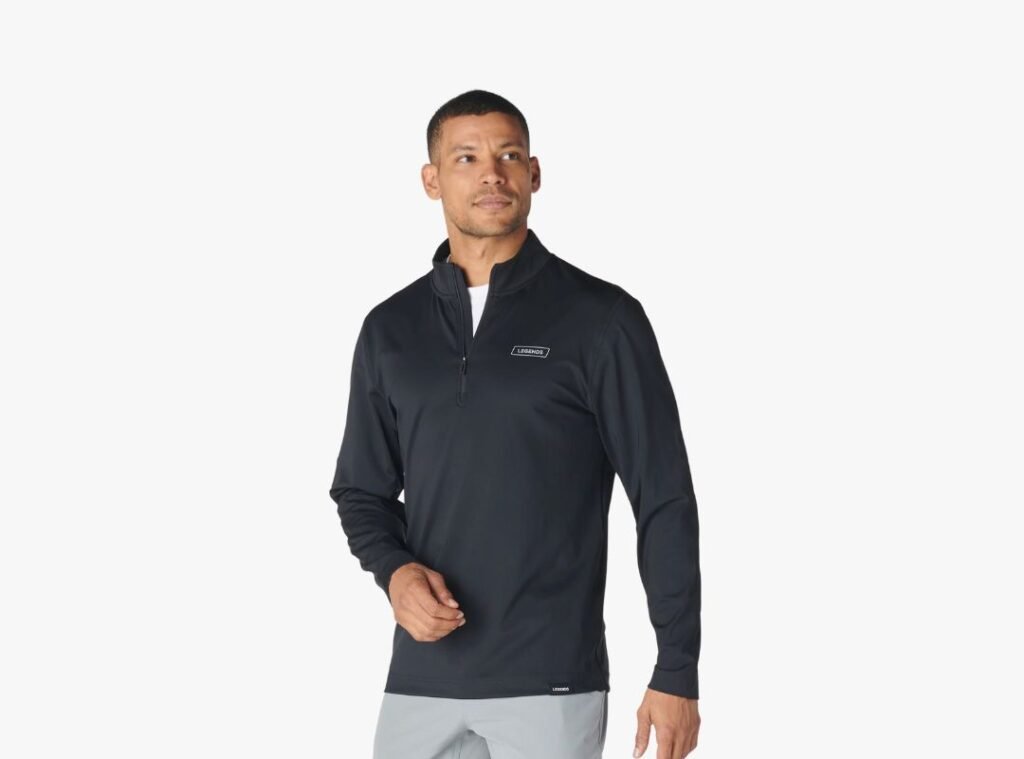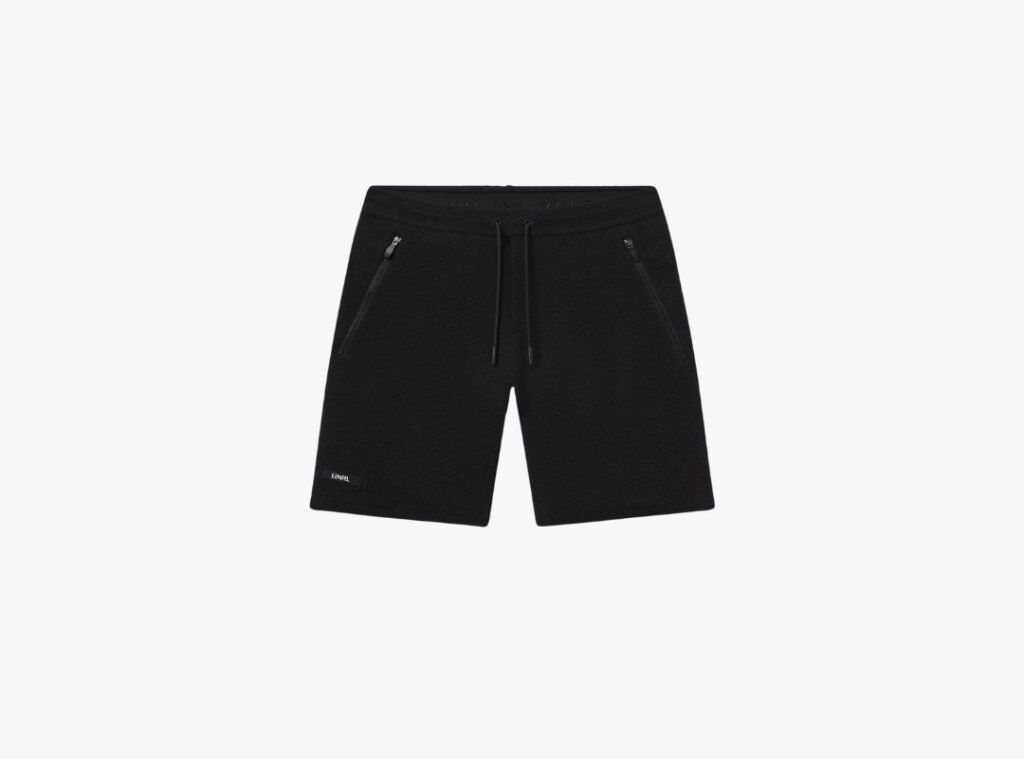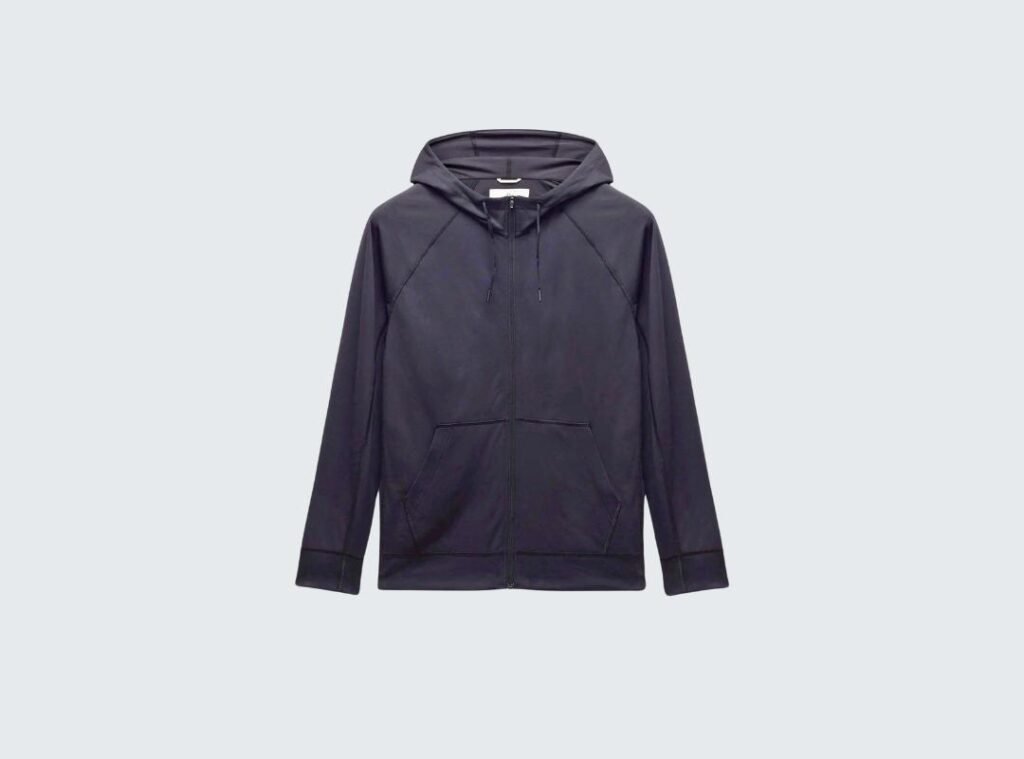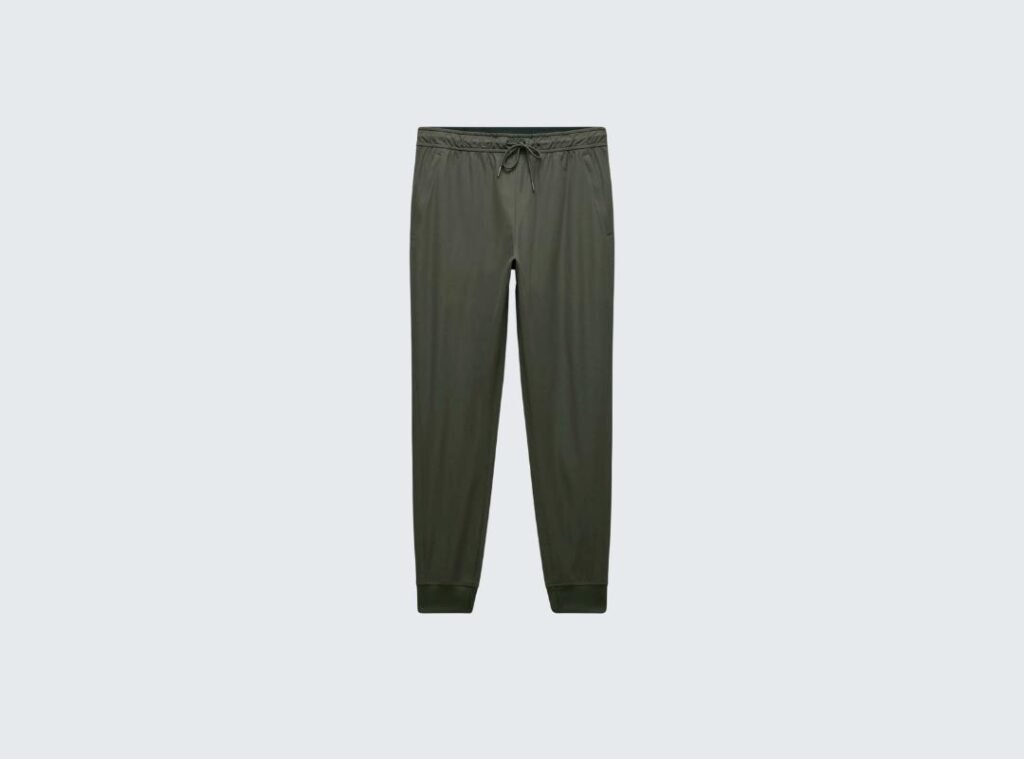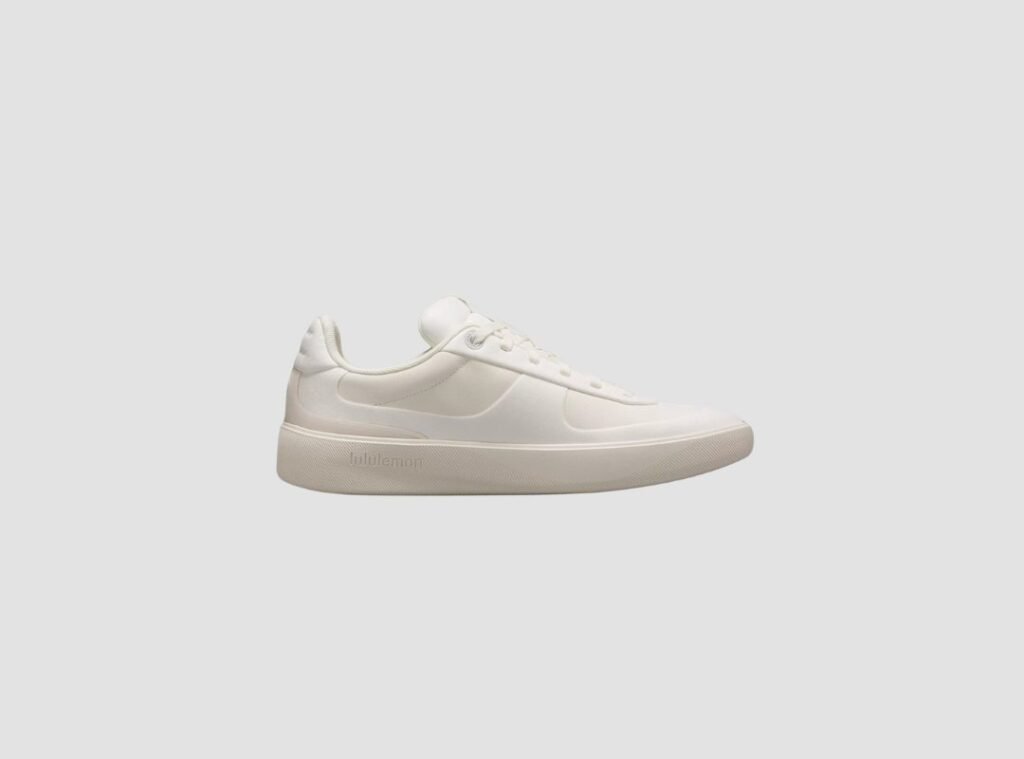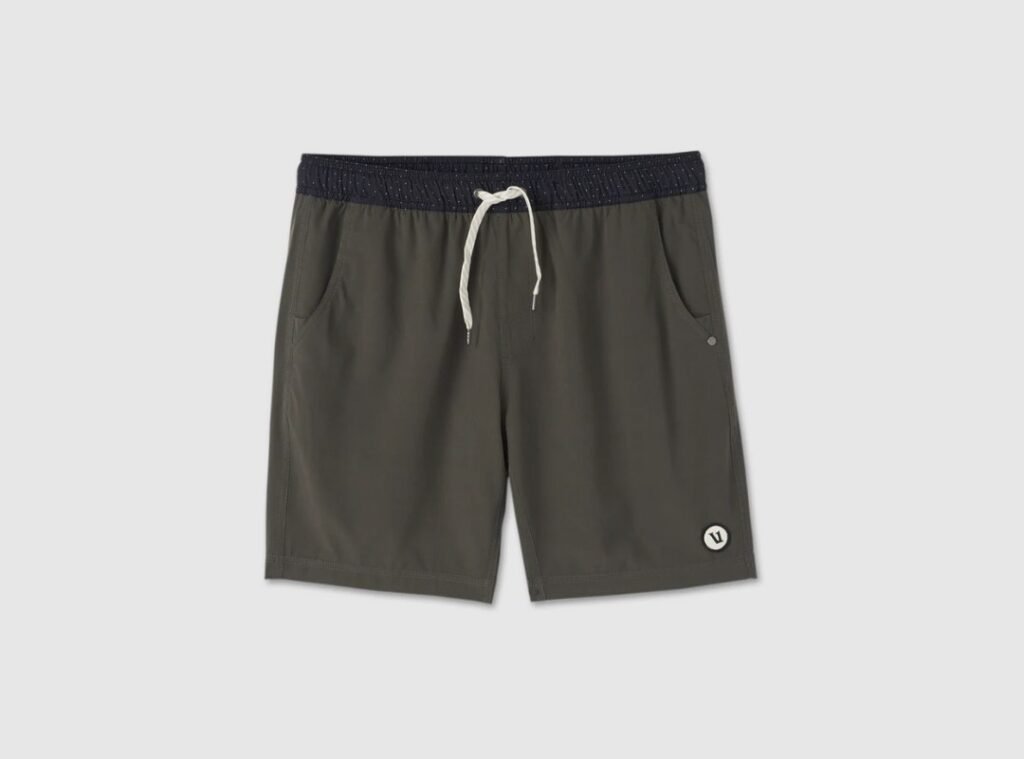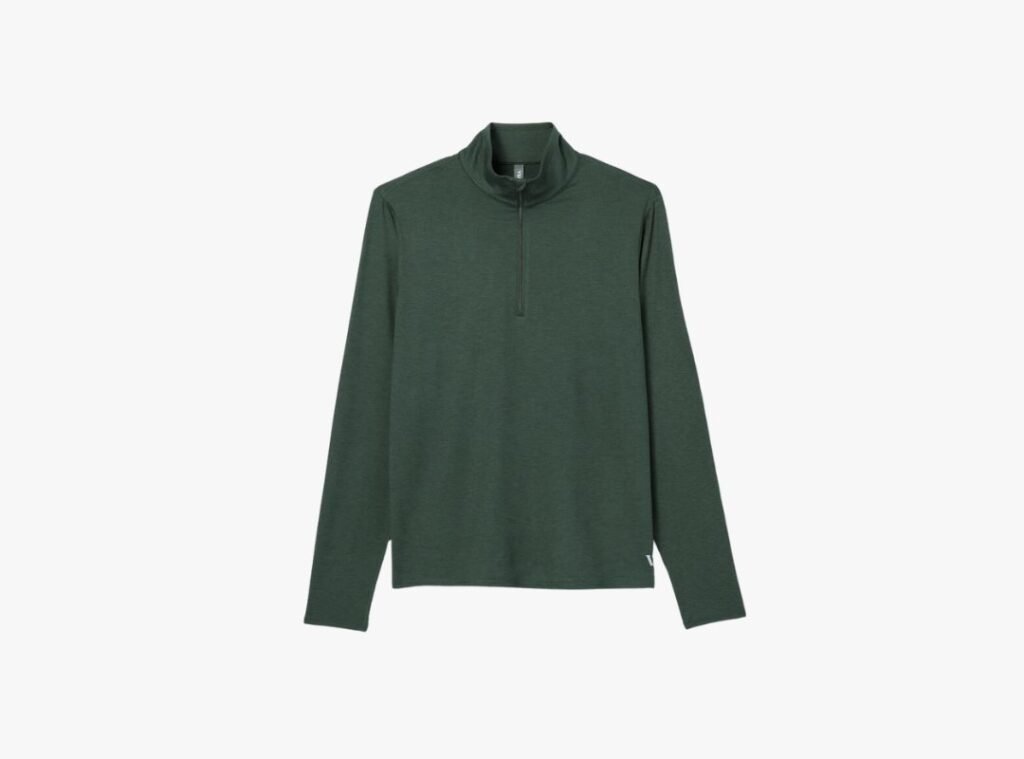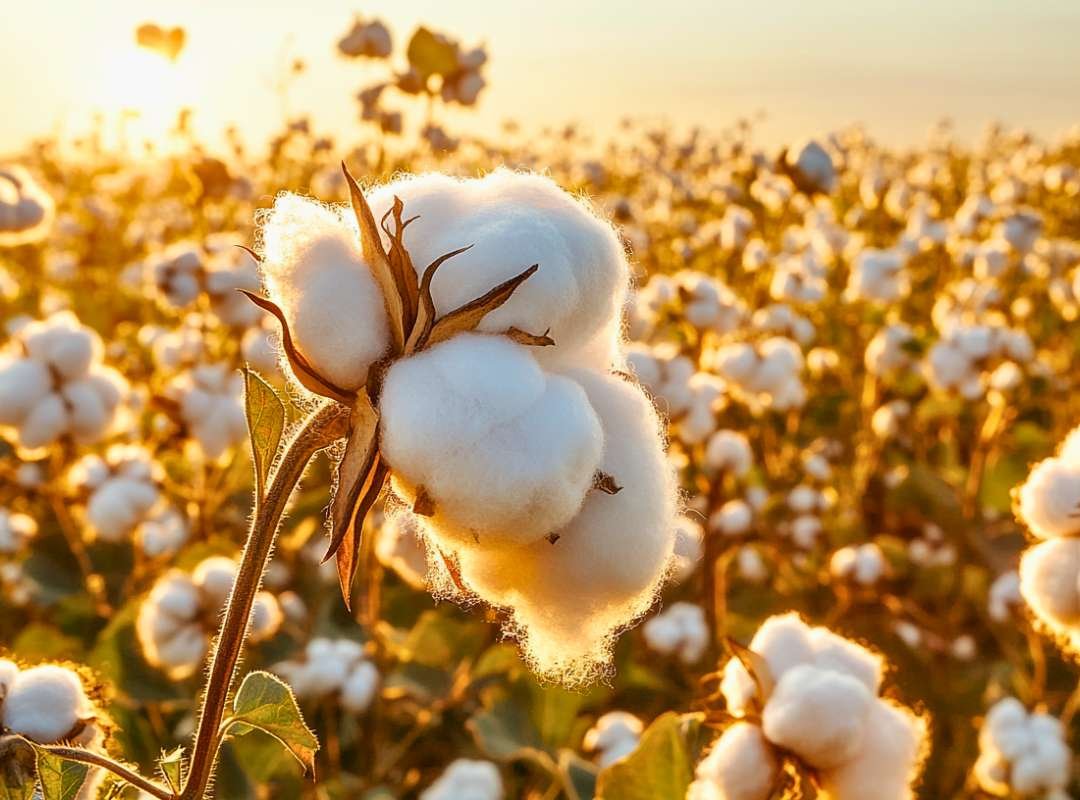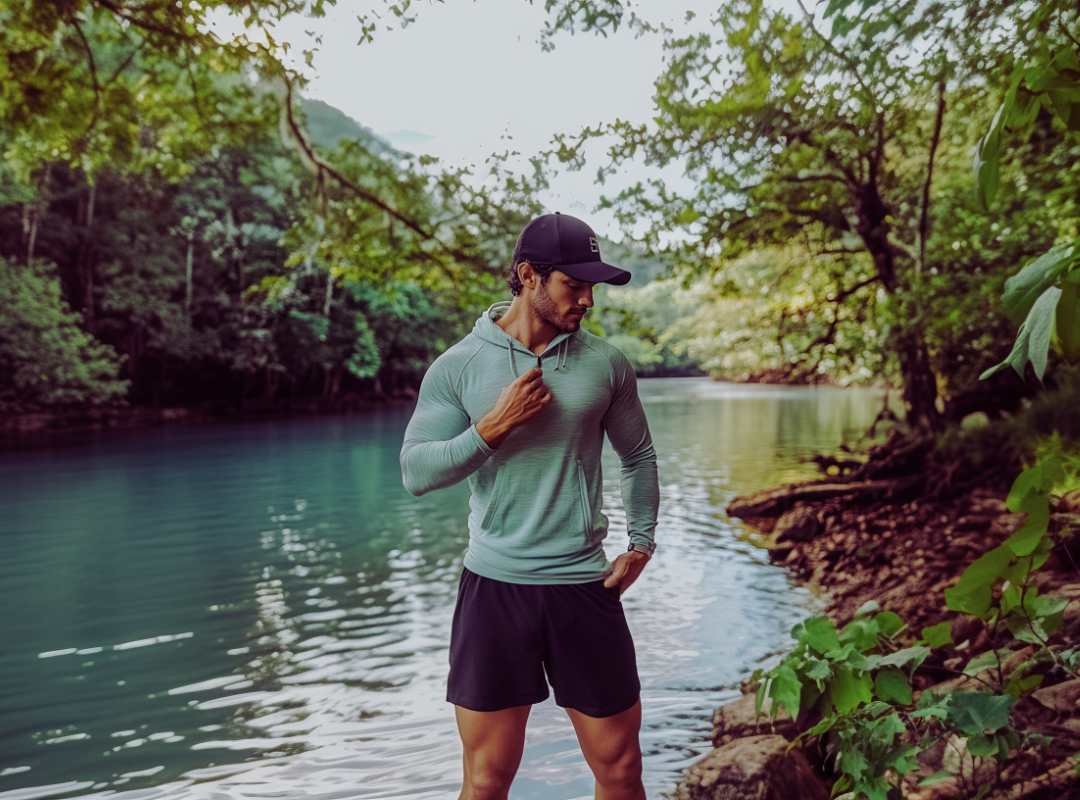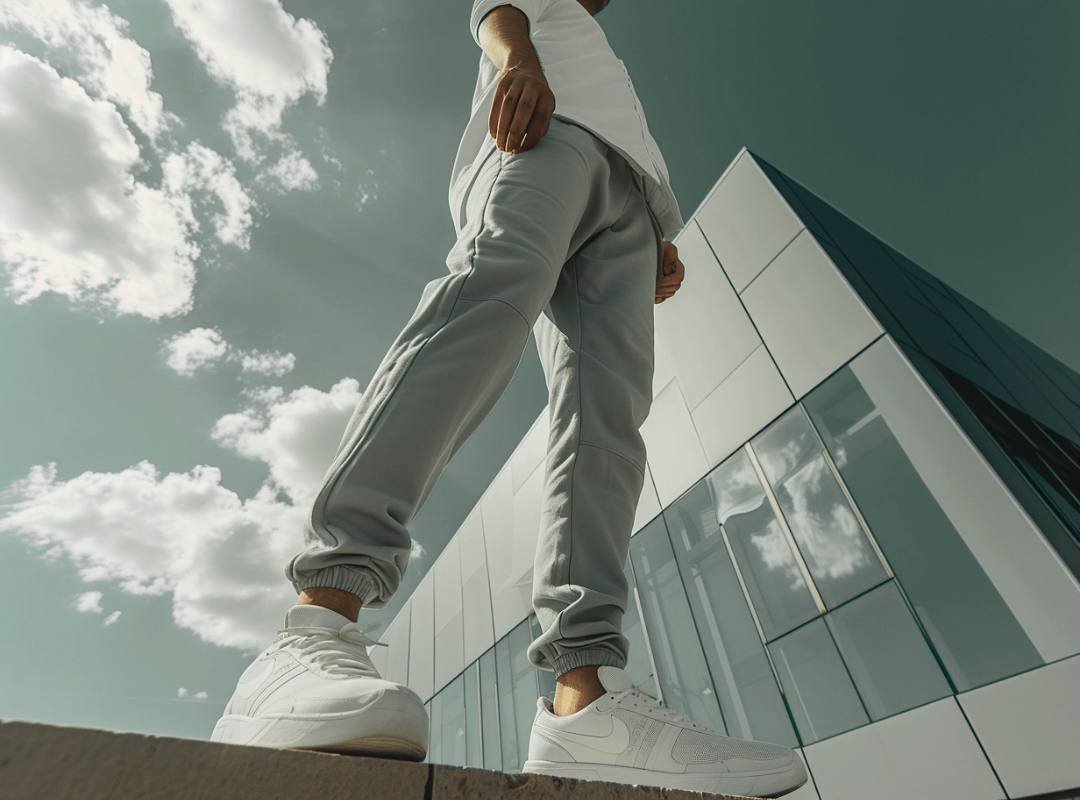Activewear sales have exploded. Fueled by shifting consumer preferences, innovative product features and designs, and increased interest in health and wellness, the men’s activewear market accounted for $50.3 billion in sales in 2019 – over half of the total US adult activewear market.
Not only is the market increasing, but it’s outpacing growth in the women’s segment despite women’s increased participation in sports and fitness activities. This highlights the significant opportunities for brands targeting male consumers.
What is Activewear?
Activewear is where comfort and performance shake hands. Don’t get it twisted, though—activewear isn’t the same thing as sportswear. Sportswear zeroes in on specific sports with ultra-specialized gear, while activewear covers a broader range, built to tackle both workouts and the rest of your day.
Think of activewear as gear that works as hard as you do. These clothes are made with fabrics that breathe, stretch, and wick away moisture, so you stay comfortable whether you’re powering through a gym session or just keeping up with a busy day. And, unlike everyday clothing, activewear is packed with functionality designed to handle extreme movement and training without compromise.
Originally crafted with athletes in mind, activewear has since crossed into mainstream fashion. The rise of athleisure turned joggers, quarter-zips, lightweight jackets, and white sneakers into wardrobe essentials. These aren’t just gym staples anymore—you’ll find them in the office, on an airplane, at brunch, or running around town.
Activewear pulls off a rare balance. With its technical fabrics and functional cuts, it delivers on practicality without skimping on design. This gear meets the style and comfort demands of today’s consumers, making it a go-to for anyone who wants a little more out of what they wear and looks good when they wear it.
Top Activewear Brands You Need To Know About
You already know the big names in activewear, the ones that get all the hype. A few are listed below, but let’s be real—there’s a whole line-up of brands out there that bring just as much game without the celebrity spotlight. We’re talking performance, comfort, and some serious attention to detail, crafted by people who know their gear inside and out.
These activewear brands fly a little under the radar, but they’re packing features that’ll make your daily rotation. Think breathable fabrics, all-season cuts, and easy-to-wear fits that go from the gym to the street without skipping a beat. Here’s the lineup of brands you need on your radar if you’re ready to upgrade.
Legends Clothing
Legends doesn’t play—this brand keeps it real with gear built by athletes, for athletes. And they don’t stop there. Every piece gets the thumbs-up from top sports pros before it’s ready for you. Their shorts and joggers? A solid mix of functional and fresh, rocking a clean cut and comfy, mid-weight fabric that’s just as ready for a workout as it is for a laid-back Saturday. Their tees are soft, breathable, and made to handle a sweat session or a chill night out. See for yourself.
Products:
- Hawthorne Hoodie: Cloud-Tech fabric, relaxed scuba hood, and hidden pockets for anytime wear.
- Culver Quarter Zip: Buttery soft, moisture-wicking—ideal for the gym or office.
- Luka HD Joggers: Legacy HD™ fabric, laser-cut ventilation, and flexible gusset for all-day comfort.
UNRL Apparel
UNRL is that friend who’s down for anything. Their pieces are the type you can hit the gym in or grab coffee with—no switch-up required. The pants and joggers have this relaxed fit that looks right but never feels restrictive, all thanks to their stretch-friendly fabrics. And those tees? Soft, airy, and comfy enough that once you put one on, you’re good to roll all day. No need to overthink it—just throw it on and go.
Products:
- Elevation Shorts: Custom knit and a no-slip waistband—great for training or lounging.
- DWR Track Pants: Windproof, water-resistant, UPF 30+ in a lightweight, silent design.
- Transition Full Zip Jacket: 4-way stretch, fleece interior, and structured collar for easy layering.
Reigning Champ
Reigning Champ keeps it minimal but mighty. You’re looking at gym gear tough enough for a workout but polished enough to wear out. Their joggers and pants nail that perfect fit without any extra fuss—just solid, mid-weight fabric that feels right. And the tees? Think soft, breathable cotton that’s exactly what you want when the sweat kicks in and you’re giving it your all.
Products:
- Deltapeak Hoodie: Lightweight, quick-drying, and UPF 50+ protection.
- Polartec Rematch Hoodie: Warmth without bulk, powered by Polartec® fleece.
- Stretch Warp Knit Slim Jogger: Four-way stretch and wrinkle resistance for active days.
Lululemon
Lululemon’s been the go-to, but they’ve got some competition now. Known for their yoga-inspired roots, they’ve branched out with pieces that look as good out of the studio as in it. The fabrics bring all-day comfort, and the designs keep things low-key without sacrificing on performance. Hoodies, q-zips, and sneakers that look sharp and work wherever you end up? That’s Lululemon’s sweet spot.
Products:
- Steady State Pullover Hoodie: Lightweight warmth with a unique, one-of-a-kind dye.
- Dry sense Half Zip: Sweat-wicking and odor control for all-day freshness.
- Cityverse Sneaker: Dope design with custom cushioning, perfect for anything.
Alo Yoga
Alo Yoga is disrupting the space with a look that speaks to Gen Z’s vibe and cuts into Lululemon’s market share. They don’t just do activewear; they do activewear that’s camera-ready. Their pants and joggers hit that sweet spot with a fit that’s just right and fabrics that stretch and move with you. And don’t sleep on the sweatshirts—they bring that same on-point look, giving you serious options for stepping up your day-to-day fits.
Products:
- Lightweight Takeaway Track Pullover: Retro track style, adjustable fit, zippered pockets.
- Triumph Tee: Soft, breathable fabric that transitions from workout to the office.
- Conquer Long Sleeve: Smooth, moisture-wicking, ideal for layering or solo wear on active days.
Vuori
Vuori is West Coast cool in activewear form. Their fabrics have that soft, worn-in feel from day one, making you wonder why all clothes don’t come this way. Their pants and joggers keep it casual, made for a full day’s adventure from the gym to the coffee shop to the office. Hoodies? Cozy and light, built for layering or just rolling solo on a chill day.
Products:
- Waffle Zip Hoodie: Sustainable fabric, warm yet breathable, great for bulk-free layering.
- Kore Shorts: Breathable liner, anti-odor, and quick-drying—perfect for active or casual days.
- Ease Performance Half Zip: Super-soft, moisture-wicking, with 4-way stretch for easy movement.
6. Key Trends Fueling the Growth of Activewear
Several factors are contributing to the activewear boom among male consumers. Here are some of the most impactful trends affecting the activewear clothing market.
1. Affordability and Value Take Priority
One of the most significant shifts is men wanting quality activewear without breaking the bank. Several reports show activewear sales under $50 surged 60% in 2022. Male consumers want to look tight without the premium price tags.
Several of the top activewear brands already mentioned have responded by increasing the selection of budget-friendly styles, with sub-$50 SKUs climbing 86% last year.
2. Technology and Innovation in Fabrics
Advances in fabrics and functionality also drive interest and purchases. Today’s activewear incorporates moisture-wicking material, compression fits, bold prints/colors, and other technical features. Collaborations with top athletes and celebrities act as co-signs and help generate buzz around the latest performance innovations, as we’ve seen with activewear brands like Legends and UNRL.
3. Versatility for Workouts and Everyday Wear
Consumers want versatility from activewear for vigorous workouts and casual settings, reflecting the rise of activewear. Crossover apparel like hoodies, bomber jackets, and joggers performs double duty, distinguishing sport from leisure contexts so men can wear them to the gym or in the office.
4. Eco-Friendliness Becoming More Important
Sustainability and ethical manufacturing have not historically been top purchasing considerations for men buying activewear. However, environmental consciousness is growing as a priority among consumers. More men want assurances that their athletic apparel is sourced and produced responsibly without exploitative labor practices or negative environmental impacts.
A 2020 survey found that 73% of Gen Z consumers were willing to pay more for sustainably made goods—a higher percentage than any previous generation. With these conscious buyers representing future purchasing power, activewear brands continue enhancing their environmental credentials through renewable materials and ethical factories.
5. Shorter Shorts, Yoga Apparel on the Rise
Two fast-growing activewear segments are men’s shorts and increased purchases of yoga-focused apparel. Both trends link to greater male body confidence and desire for functionality. Shorter shorts allow more unrestrained movement, while yoga gear wicks sweat and stretches appropriately during poses.
The flexible fabric and ergonomic paneling move freely with the body across any pose or motion without restriction.
6. Retro Styles Making Comeback
Vintage sportswear styles are also coming back into fashion. These nostalgic pieces remind men of their youth while offering modern performances. The shift to vintage is also happening among men’s glasses trends in 2025.
Big logos, iconic team branding, and bright, retro color schemes all tie back to the sports gear of yesteryear. But new tech fabrics and sizing make these throwbacks wearable today.
Best Athleisure Brands
We’ve curated the top men’s athleisure brands all in one place. We’ve built a brand directory with brands like BYLT Basics, Cuts Clothing, Vuori, and Ministry of Supply. We feature brands like Black Ember, Ekster, and Alpaka, each making some of the dopest backpacks, totes, and sling bags.
The Scale of the Men’s Activewear Market
As mentioned above, the US men’s activewear market reached $50.3 billion in sales in 2019. To put this number in context, that’s more than the size of the entire music industry or movie box office sales in a typical year!
This market just keeps expanding. While growth estimates vary, most industry analysis points to continued expansion of 5-7% year over year. This compounding leads to the market effectively doubling in size every ten years.
The appetite for activewear drives this growth across ages, incomes, regions, and lifestyles. From hardcore athletes to weekend warriors trying to stay in shape, demand is high and expected to increase across demographics.
Outlook for Continued Growth
Given the confluence of athleisure trends driving purchases, the men’s activewear market still likely has many years of expansion ahead. Despite economic uncertainty, demand has remained resilient as consumers prioritize health, wellness, and versatile apparel.
Established brands will fight to retain their market share, while disruptive companies with differentiated products and branding can grab attention. One thing does seem confident—with so many tailwinds, men’s spending on activewear should continue climbing higher.

